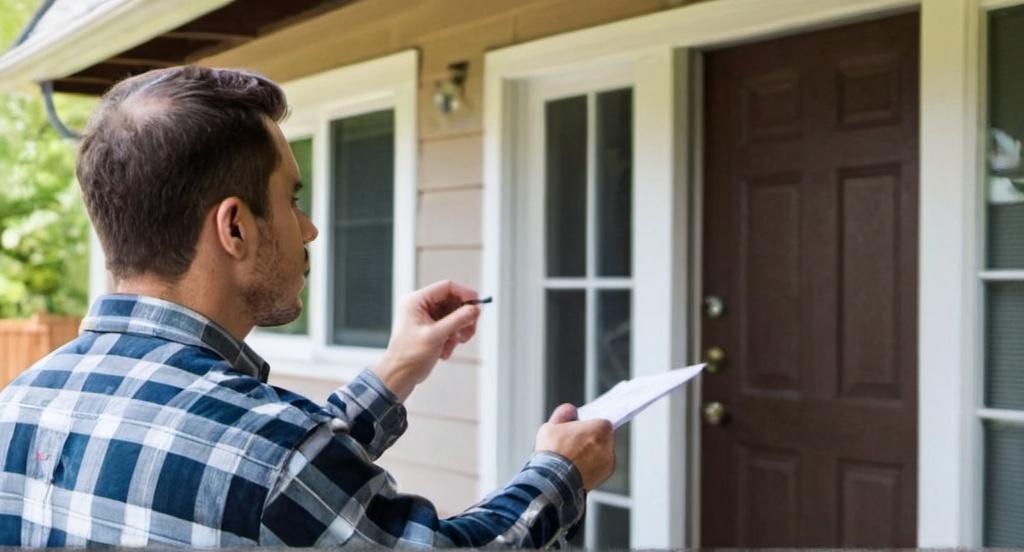Key Take Aways about Medical office buildings as Investment Properties
- Medical Office Buildings (MOBs) are stable, long-term investments due to the recession-resistant healthcare industry.
- Attractive features include long-term, triple net leases that shift costs and risks to tenants.
- Demand is driven by an aging population, particularly baby boomers, increasing the need for medical services.
- Proximity to hospitals and accessibility enhance a location’s value.
- Risks include high customization costs and potential impacts from regulatory changes.
- Technological advances and industry consolidation affect tenant needs and leasing.

Introduction to Medical Office Buildings as Investments
Medical office buildings, often abbreviated as MOBs, are a unique category within the commercial property sector. They offer a stable, long-term investment opportunity with potential for consistent returns. The healthcare industry is a major player here, creating demand for these spaces, given the constant need for medical services.
Why Investors Like Medical Office Buildings
Investors have been flocking to this sector for several reasons. First and foremost, the healthcare industry is widely seen as recession-resistant. People still need medical care regardless of economic conditions, and this tends to keep medical tenants more financially stable than other sectors.
Additionally, MOBs often come with long-term leases, typically ranging from five to ten years, which provides stable income for investors. These leases are usually structured as triple net leases, meaning the tenant is responsible for property taxes, insurance, and maintenance. This set-up shifts risks and costs away from landlords, offering a predictable cash flow.
The Demographics Driving Demand
Shifting demographics play a huge role in the popularity of MOBs. With an aging population and increasing healthcare needs, demand for medical services continues to grow. The baby boomer generation, in particular, is reaching an age where consistent medical attention is necessary, driving up the need for more medical office spaces.
The Influence of Location
Location is always a key factor in real estate, and MOBs are no exception. Proximity to hospitals is a significant advantage, as medical professionals tend to cluster around these facilities. Accessibility to major roads and public transport can also make a location more valuable. In urban environments, MOBs might have to compete with other types of commercial real estate, but in suburban areas, they can often stand out due to their specialized focus.
Evaluating Investment Potential
Evaluating an MOB for investment involves several considerations. It’s not just about the initial purchase price but analyzing current and future demand in the area, the tenant mix, and the building’s current condition. A well-maintained property with reputable tenants often makes for a safer investment than those requiring significant capital improvements.
Another factor is assessing potential regulatory changes that might impact the healthcare industry. Though often seen as stable, policy shifts can influence reimbursement rates and, by extension, the financial health of medical tenants.
Potential Risks
No investment is without its risks, and MOBs are no exception. One potential risk is the high level of customization typically required by medical practices. Spaces might need significant modifications to suit a new tenant, adding costs and downtime between leases.
The specific needs of healthcare tenants, like specialized HVAC systems or plumbing requirements, can drive up build-out costs. Investors need to weigh these potential expenses when considering an MOB investment.
Current Trends Shaping the Market
Technological advances in healthcare and telemedicine are shaping the future of MOBs. While telemedicine doesn’t replace the need for physical medical spaces, it can alter what those spaces require. More modern facilities may be needed to incorporate these changes, providing opportunities but also potential challenges for investors.
There’s also a trend towards consolidation within the healthcare industry, with larger companies acquiring smaller practices. This shift can influence the types of tenants occupying MOBs and their leasing needs.
Conclusion
Given the stability of the healthcare industry and an aging population, MOBs hold potential as investment properties. Investors looking for dependable returns can find appeal in these assets, but they should carefully consider the unique characteristics and potential risks associated with them.
In a market that’s continually evolving, keeping an eye on industry trends, tenant needs, and regulatory shifts will be crucial for anyone looking to invest in medical office buildings. It’s all about making informed, strategic decisions to capitalize on this promising investment opportunity.